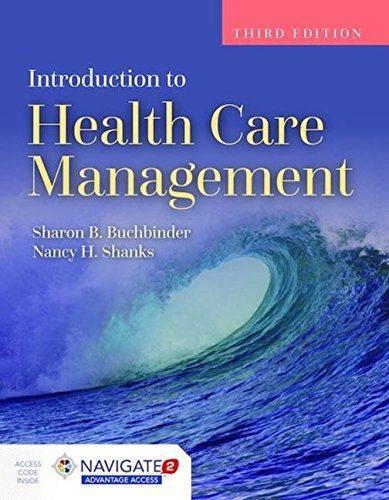Question
EDU220: Educational Psychology: Discussion Unit 6 (Lesson 11) The initial task was to answer the following: Take something from the learning this week and talk
EDU220: Educational Psychology: Discussion Unit 6 (Lesson 11)
The initial task was to answer the following: Take something from the learning this week and talk about how you will apply it in your classroom.
What must be done now is to respond to 2 people with a minimum of 100 w0rds. What would you reply to him?
| Person 1 | Opinion |
| Veriserell Taylor Hello Everyone, This week we covered a lot of information but what I found especially helpful was the video on The Instructional hierarchy. The instructional hierarchy is a valuable framework for educators to help their students acquire new skills and knowledge. The YouTube video provided I found to be clear and concise and gave a clear explanation of the four stages of learning.The video also linked each stage of the instructional hierarchy with specific strategies and activities that can help students progress from one level to the next. The acquisition phase was presented as the starting point, where the teacher introduces new information and provides guided instruction to help students understand the concept. The video suggested the use of visuals, hands-on activities, and graphic organizers to facilitate understanding.The fluency phase was presented as the stage where students practice the skill until it becomes automatic. The video suggested the use of repetition, feedback, and timed practice to help students achieve fluency.The maintenance phase was presented as the stage where students continue to practice the skill to prevent forgetting. The video suggested the use of review activities, cumulative assessments, and spaced practice to help students maintain their skills and knowledge.Finally, the generalization phase was presented as the stage where students apply the skill in new and different contexts. The video suggested the use of real-world examples, problem-solving activities, and collaborative learning to help students generalize their learning.Overall, I found the video to be a helpful and informative resource for educators who want to understand and apply the instructional hierarchy in their teaching practice. The link between each stage of learning and specific instructional strategies provides a practical guide for teachers to design effective instruction that supports student learning and achievement. A way I can use implement this in classis, If I know I have a student that I know has a hard time developing the math self-correction technique, I can have a system in place to work with them to creaate a checklist that they can use to check their assignments. We can then come up with a list of some of the most common errors that have come up on math assignments as a tool to watch out for when completing assignments. The student then uses the checklist to review their work before submitting it to the teacher. This strategy can be used in other subjects such as writing assignments as well. Sources Joseph Rapposelli. (2018, August 28). Module 2 3 Instructional Hierarchy [Video]. YouTube. https://www.youtube.com/watch?v=GRLj8pQbiiI Haring, N.G., Lovitt, T.C., Eaton, M.D., & Hansen, C.L. (1978). The fourth R: Research in the classroom. Columbus, OH: Charles E. Merrill Publishing Co. | |
| Person 2 | Opinion |
| Dwayne Henry Instructional hierarchy is a teaching model that helps educators structure their lessons to maximize student learning. The approach involves breaking down complex skills or concepts into smaller, more manageable parts and teaching them in a specific order. To implement instructional hierarchy in my classroom, I would first identify the skill or concept I want to get across and then break it down into smaller parts. Once this is done, I'd determine the order in which I'll teach these parts, beginning with the most basic skills and gradually moving to more complex ones. Next I'd plan activities and lessons that target each part of the instructional hierarchy, with the goal of helping students master each skill or concept before moving on to the next one. As students progress through the instructional hierarchy, teachers should monitor their progress and adjust their instruction as needed. Examples of how instructional hierarchy could be implemented in the classroom include starting with basic reading skills before moving on to more complex ones, teaching simple mathematical operations before moving on to algebra or geometry, and beginning with basic vocabulary and sentence structure when teaching a new language. |
Step by Step Solution
There are 3 Steps involved in it
Step: 1

Get Instant Access to Expert-Tailored Solutions
See step-by-step solutions with expert insights and AI powered tools for academic success
Step: 2

Step: 3

Ace Your Homework with AI
Get the answers you need in no time with our AI-driven, step-by-step assistance
Get Started


